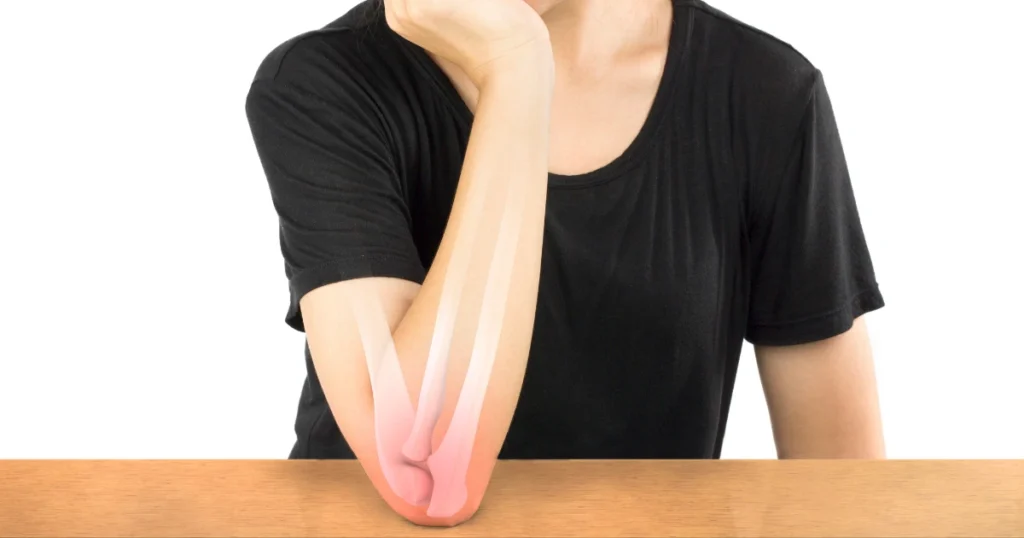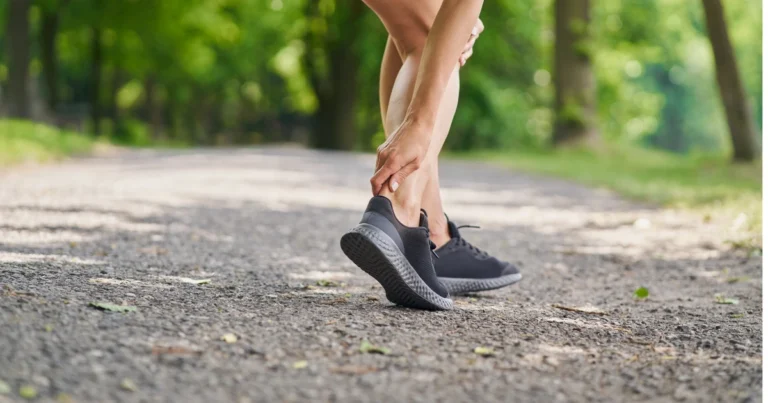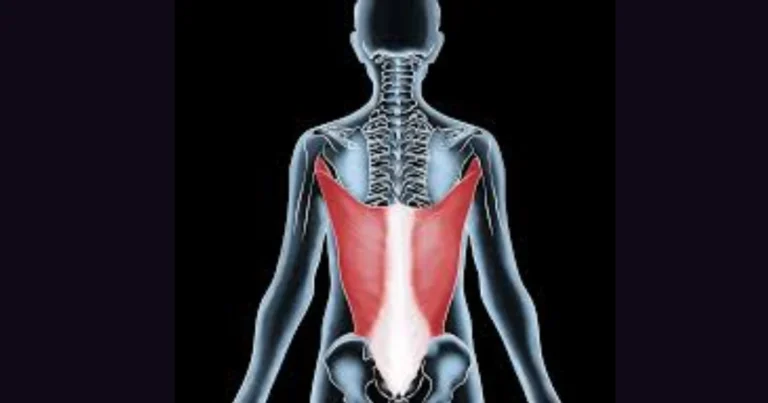Understanding Hyperextended Elbow: Causes, Symptoms, and Treatment
A hyperextended elbow is when the joint system of the elbow is pushed to extend more than the natural range of movement, which can potentially harm the ligaments, muscles, and bones near the joint. Anyone can experience this type of injury, but it is especially prevalent in those that participate in activities involving contact sports or repetitive activities and movements of arms. Here are the causes, symptoms and treatment of hyperextended elbow.
What Leads to a Hyperextended Elbow?
Hyperextension injuries usually arise from a sudden trauma or a great amount of force applied to the elbow. Common scenarios include:
- Contact sports: Football, basketball and wrestling often include falls or direct blows that can hyperextend the elbow.
- Gymnastics: When performing skills, gymnasts put their elbows in positions that may put them at risk of hyperextending their elbows.
- Weightlifting: Inappropriate lifting techniques may aggravate the elbow joint.
- Falls — Falling and bracing yourself with an outstretched arm can lead to hyperextension.
Statistics of Hyperextended Elbow Injuries
- And elbow injuries represent about 5 percent of all sports injuries, according to the American Academy of Orthopaedic Surgeons.
- According to a study published in Sports Medicine, athletes who engage in contact sports are 20% more likely to experience elbow injuries than those who play non-contact sports.

Common Signs and Symptoms
It is essential to know the signs and symptoms of a hyperextended elbow for timely treatment. Common symptoms include:
- Pain: Initial pain occurs at the back elbow with hyperextension. Depending on how serious the injury is, the intensity can range.
- Swelling: Within hours of the injury, inflammation can form around the elbow joint.
- Stiffness: Swelling and pain can cause the elbow to feel tight and difficult to move.
- Numbness or Tingling: Swelling may compress nerves, leading to feelings of numbness or tingling in the forearm or hand.
- Popping Sound: Most people say they hear a popping sound when they get hurt.
Table: Common Signs and Symptoms of Hyperextended Elbow
| Symptom | Description |
| Pain | Immediate discomfort at the back of the elbow |
| Swelling | Inflammation around the joint |
| Stiffness | Reduced mobility in the elbow |
| Numbness/Tingling | Sensations due to nerve compression |
| Popping Sound | Audible sound during injury |
Diagnosis
Diagnosis of hyperextended elbow is usually made by physical examination coupled with past medical history assessment. These may include diagnostic imaging:
- X-rays: To check for broken bones or dislocated joints.
- MRI or CT scans: To look for damage to soft tissue such as ligaments and tendons.
Treatment Options
Wether elbow hyperextension treatment depends on the severity of the injury. Common approaches include:
Initial Care (RICE Method)
The RICE method is recommended immediately post injury:
- Rest — Do not use the injured arm until it has healed.
- Ice: Use ice packs for 15-20 minutes every couple of hours to minimize swelling.
- Compress: Apply an elastic bandage or brace for support and to help restrict movement.
- Elevation: Keep the arm elevated above heart level to minimize swelling.
Medications
Nonsteroidal antiinflammatory drugs (NSAIDs), like ibuprofen, or acetaminophen can help alleviate pain and swelling.
Physical Therapy
Once the initial pain and swelling settle down, physical therapy may be advised to help restore strength and range of motion to the elbow. A physiotherapist can create a personalised rehabilitation plan that may involve:
- Stretching: For enhanced flexibility.
- Building exercises: To provide muscle support in that same joint.
- Functional Training: To get ready for resuming routine tasks or sports.
Surgery
Surgery may be done in serious cases in which conservative treatment fails, or with major tears in the ligament or fractures. Surgical options may include:
- Repairing torn ligaments.
- Here are some related terms:
- Cleaning the joint out of loose-lying fragments.
Prevention Strategies
So here are some tips to prevent hyperextended elbows by the safe practices during any activity:
- Proper Technique :
- Strength Training: This will involve strengthening the muscles around the shoulder and forearm which will support the joint of the elbow.
- Warm-Up: Always before any physical activity prepare your muscles & joints with a warm-up.
- Use Protective Gear: Brace or support your joints when engaging in high-risk activities, particularly contact sports.
FAQ About Hyperextended Elbow
Q1: Should I still work out with a hyperextended elbow?
A1: You should first rest your arm; speak to a medical professional about when it is okay to start up exercise again.
Q2: How long does it take for a hyperextended elbow to heal?
A2: Healing time differs; mild cases can recover in a few week, while more serious injuries can take several months.
Q3: What if I continue to hurt after treatment?
A3: If pain continues despite treatment, speak with your clinician about further evaluation and the possibility of imaging studies.
Q4: Is there a long-term effect from a hyperextended elbow?
A4: If not an appropriate treatment, there are some risk chronic pain, instability, or limited range of motion.
Q5: Do all hyperextended elbows need surgery?
A5: No; most cases can be treated conservatively — surgery is usually reserved for traumatic injuries.
Conclusion
A look at hyperextended elbows — their causes, symptoms, diagnosis, treatment and prevention — is important for anyone doing sports or physical activities. With early recognition and proper treatment, patients and cause recover with minimal long-term complications.
If you believe you may have hyperextended your elbow, ask your doctor for professional medical treatment and advice so that you can safely get back to your active life!







